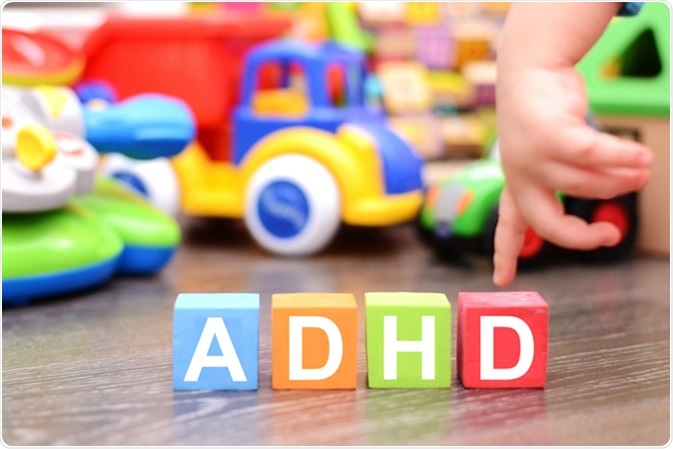Attention deficit hyperactivity disorder (ADHD) is a psychiatric disorder that is thought to affect between 3-5% of school-aged children. Symptoms include the inability to focus on tasks, impulsivity and hyperactivity. Ecological momentary assessments (EMA) can be used by psychologists to gather real-time changes in affect, behavior and cognition in those with ADHD in their natural environment.
Skip to

Image Credit: Eviart / Shutterstock
What is Ecological Momentary Assessment?
Ecological momentary assessments are often used in clinical psychology to measure participants’ behaviors and experiences in their natural environment and in real time. For example, research participants or patients can complete rating scales to note their cognition, affect, behavior and symptoms soon after experiencing them. The method involves the repeated sampling of individuals and so allows for greater experimental control to be gained and reduce the possibility of extraneous variables influencing the results. Furthermore, researchers argue that collection of data through this method is more valid compared to retrospective or end-of-day reports. Further benefits include maximizing ecological validity, minimizing recall bias by removing the need for retrospective recall, and enabling psychologists to study behavior in real-life contexts. EMA has been used to evaluate multiple psychiatric disorders, including ADHD, bipolar disorder, and substance abuse.
What is ADHD?
Attention deficit hyperactivity disorder is a psychological condition most commonly experienced by children and adolescents and is characterized by behavior that is impulsive, hyperactive or inattentive in nature. The disorder can be comorbid with a range of other psychiatric conditions such as behavior or conduct disorders, depression, autism and anxiety. This can make it quite difficult for medical professionals to make a diagnosis and ensure that the right treatment methods are offered.
As patterns of emotion dysregulation can be seen in many psychological disorders including ADHD and pediatric-onset bipolar disorders (PBD), ecological momentary assessments can be a great tool for psychologists to use to differentiate between the patterns. This can then allow for the correct diagnosis and treatment options to be prescribed for the patient.
How can EMA be Used?
In one study, the utility and feasibility of EMA was examined to gather data regarding patterns of emotion regulation in children with ADHD. Parents were given a preprogrammed digital device which would set off an alarm at three set time intervals indicating that the reports needed to be completed on their child’s current affect, irritability and mood. This was done over a 28-day period to allow for a range in variation and 96% of the assessments were completed by the end of the study.
As a result of using EMA, clinicians were able to identify distinct patterns of dysregulation of behavior specific for each child. Specifically, they found one child with ADHD to have a pattern of low positive affect and general stable mood alongside extreme outbursts. By enabling a pattern of behavior to be collected, clinicians could create a ‘model’ for other emotion regulation disorders. This could mean that by using EMA, comparisons could be made between each patient’s data and a bank of ‘models’ which could clearly highlight which emotion regulation disorder they’re most likely to have. For example, there are similar symptoms of emotional distress, irritability and negative mood experienced in those with ADHD and pediatric-onset bipolar disorder. However, they have distinct patterns of disruption which parents may struggle to identify without the use of EMA.
Benefits of Using Ecological Momentary Assessment
As well as being able to effectively map the symptoms of those with ADHD, by using ecological momentary assessments, clinicians may be able to review the data collected in order to shape the treatment offered and successfully reduce symptoms. For example, research investigated the impact of inconsistent parenting and stress on positive and negative parental consistency on ADHD symptoms. The study found that through EMA, ADHD symptoms experienced by the child were associated with parenting-related stress. As a result, in order to reduce ADHD, medical professionals suggest treatment options to center around parent management programs to teach coping strategies for parents. Which would, in turn, reduce the symptoms experienced by the child. This data may not have been obtained through regular assessments, further demonstrating the benefits of using EMA.
Further Reading